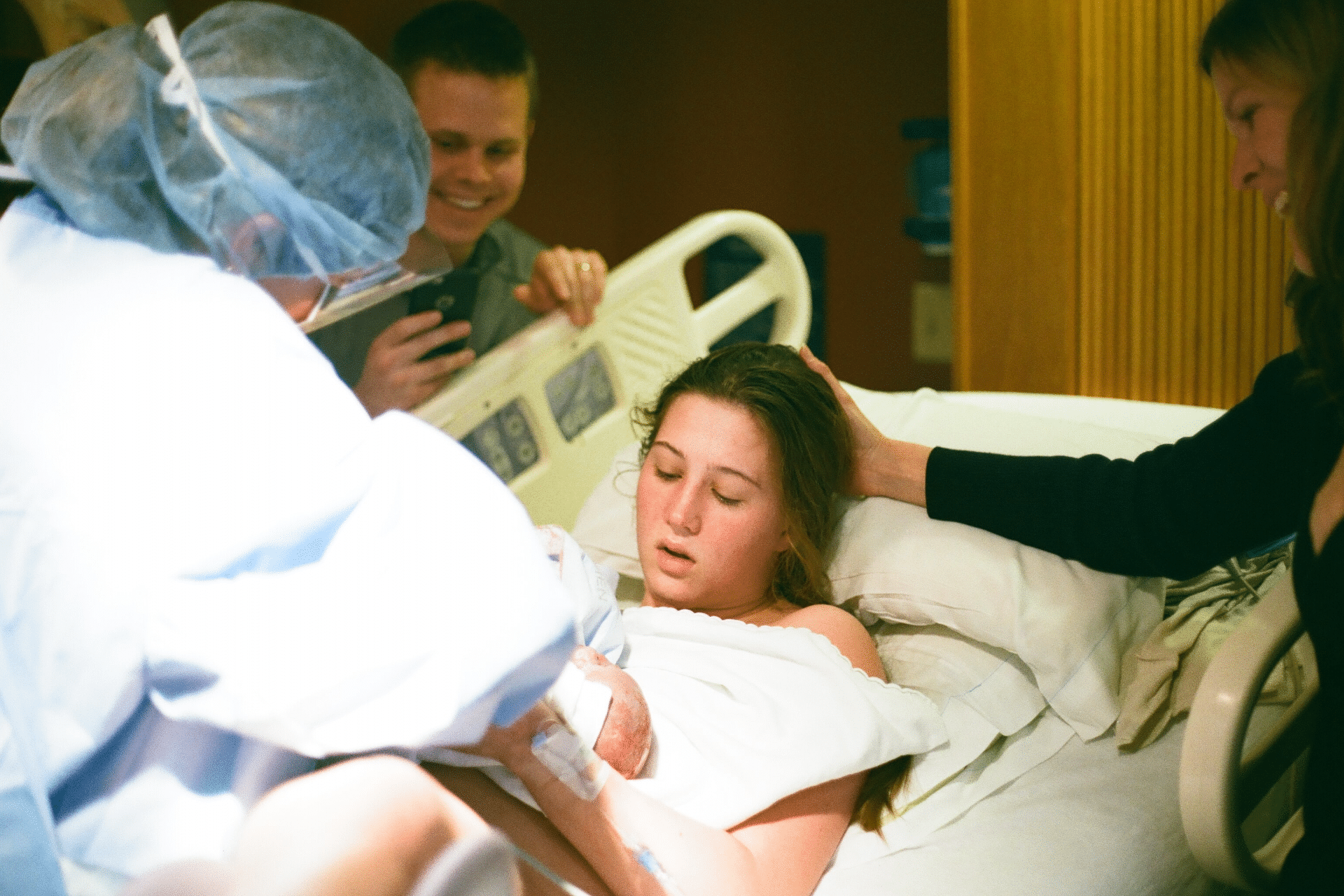Expecting
3 min Read
Everything You Need To Know About Vaginal Birth After Caesarean (VBAC)

August 27, 2020
Expecting
3 min Read

August 27, 2020

The Society of Obstetricians and Gynecologists of Canada (SOGC) recommends that all pregnant women with one previous caesarean be offered a VBAC. The previous incision on the uterus must have been transverse (across the abdomen).
You and your caregiver should discuss risks and benefits and your decision should be written in your prenatal record and birth plan.
Studies show that the chance of successful VBAC is about 74 percent. The likelihood rises to 82 percent if you have already had a previous vaginal delivery.
Yes. Experts agree that VBAC is a safe option for women and their babies. There are some criteria that should be met before VBAC is considered. These criteria include:
If you have had certain kinds of surgery on your uterus before, including a prior caesarean with a classical (up and down) incision or an upside down, T-shaped incision, you will be advised not to have a VBAC.
You are also not a candidate for VBAC if you have any other contraindications to labour, for example, a baby in a breech position.
There is a very low risk of rupturing of the uterus—about 0.1 percent. Uterine rupture is a serious complication in which the uterus spontaneously opens during labour, usually at the site of the previous incision. It can be dangerous for the mother and the baby.
The risk of uterine rupture during labour increases if you have had more than one caesarean birth, and if you had a caesarean in the past 18 to 24 months. Your risk also increases if you had more than one caesarean.
With a repeat caesarean, there are always potential complications associated with surgery, including infection and bleeding. Studies have shown an increased chance of breathing problems for the baby in the early hours after birth.
A caesarean also limits your partner’s involvement and your early bonding time with the baby. You will also have a longer hospital stay than with a vaginal birth.
During labour, you will be closely monitored by a nurse or midwife, including constant monitoring of the baby’s heartbeat.
Some hospitals require that you have an intravenous. If your baby is overdue, you cannot have prostaglandins to induce your labour, although other options are available. Discuss this with your caregiver.
Donna Reid, the VBAC Consultation Clinic Nurse at Trillium Health Centre in Mississauga, Ont., suggests that you start with your caregiver for more information. Your caregiver will know what resources are available in your area and what the policies are at your local hospital.
Roseanne Hickey works at Sunnybrook and Women’s College Health Sciences Centre as a nurse in labour and delivery. She has taught prenatal classes for many years.